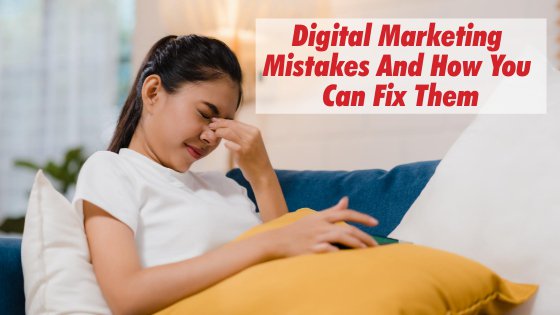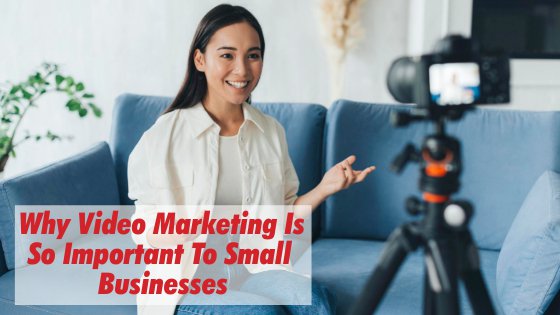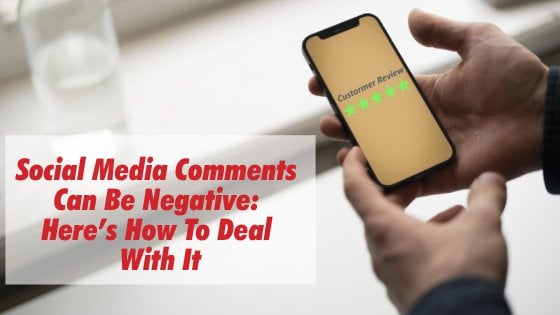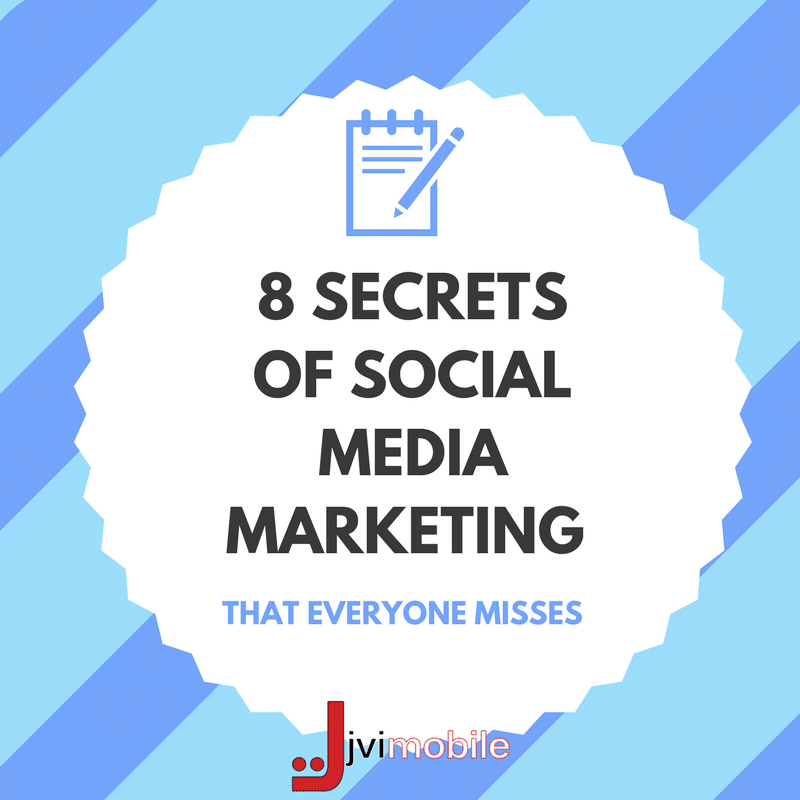
Digital Marketing Mistakes And How You Can Fix Them
We are currently living in the internet age, which means your business needs to evolve along with it. Digital marketing can help you promote your company, brand, and products or services.
There is an audience to be reached online, as well as a reputation to be established. However, there is more effective and less effective ways to approach digital marketing. Check out these common mistakes to ensure you're doing it right!
Bad Performing Website Design
A digital marketing-focused website should include a call to action and a well-optimized landing page. Any promos or discounts should also be prominently displayed. In order to create leads, you must have an informative and engaging website.
Not Optimizing Your Digital Marketing with a Blog
Remember that you are not only marketing your business, but also yourself as a trusted industry leader. Publish blog content that is valuable, informed, and easily accessible. This will establish you as a trustworthy voice. Furthermore, each blog post is another indexed page for your site. More indexed pages mean your site will appear higher in Google search results.
It is not enough to simply create a blog. In order to improve your digital marketing, it should also be interactive. To get responses, submit questions in the comments section. Include guest posts or interviews with researchers or other successful individuals in your field. Use this blog post writing guide to consistently produce the most important and relevant blog posts you can.
Failure to Convert Website Traffic into Customers
Visitors to your website who do not convert into customers are pretty much worthless. Unless, they generate leads for you through word-of-mouth recommendations. The first goal is to get visitors to your site. But, the second goal is to convert them into customers. Create a plan for converting online visitors into sales. Then, make a referral program that encourages people to recommend your business.
Not Optimizing for Mobile Users
Mobile browsing accounts for over half of all web traffic globally. Keep this in mind when you are optimizing your digital marketing websites or pages. If you're optimizing your site, don't forget to optimize it for mobile users as well, so that the load time is as quick as it is on desktop. Make sure the design of your site is also mobile-friendly.
Not Utilizing Social Media for Digital Marketing
You might think you can get away with not using social media. I’m sorry to tell you that you’re wrong! It’s an essential way to turn leads into customers. Spreading your content, reaching your audience, and engaging with users will help you promote your business online. But don’t try to do it all yourself; learn how a social media manager can help.
Providing Lack Luster Customer Service
Customer service starts with your digital marketing. If a visitor who has never done business with you before decides to become a customer, they are taking a risk. Having good customer service is vital for lowering that risk because 70% of consumers will continue to do business with you if they have a good experience.
Help should be easy to find on your site so that people know they can get it. This could be a Contact Us page, a virtual chat, a helpline, or other options. Just make sure that if someone visits your site, they can easily get help if they need it.
Not Offering Deals in Your Digital Marketing
According to a Retail Me Not poll, two-thirds of buyers made an unplanned purchase purely due to a discount. Online discount coupons or limited-time deals are excellent pop-ups for your site. Include deals on the landing page or when visitors are about to abandon their cart.
Sleeping on your Competition
It's possible that someone else is doing the same thing you are. Instead of pretending they don't exist, find a way to stand out. Identify what makes your business unique and showcase it on your website and social media channels. You should make it abundantly clear how your business stands apart from the crowd.
Lack of Social Proof
It's a known fact that showcasing your happy customers increases conversions. You want potential customers to purchase with confidence! You can use testimonials, case studies, and success stories in your digital marketing. This will give potential customers that are on the fence peace of mind and help to avoid any buyer’s remorse.
Not Keeping Track of Your Leads
Keywords, email blasts, referring links, social media, and other traffic sources can all generate online leads. One of those sources may be generating leads that rarely convert into customers, but another may be routinely generating them. This is critical information to have so that you may update your strategy based on the data you know.
The Influence of Digital Marketing
To succeed, your business needs the right marketing tools and strategies. By adjusting your digital marketing approach, concentrating on the right leads, and building an optimized website, you can grow your business to its fullest potential.
We want to help you improve your digital marketing! Sign up to meet with Jay Vics on the Meet the Experts podcast. Here, you can get your name out there and show what you know. After, we will provide you with free video content to boost your marketing game.












